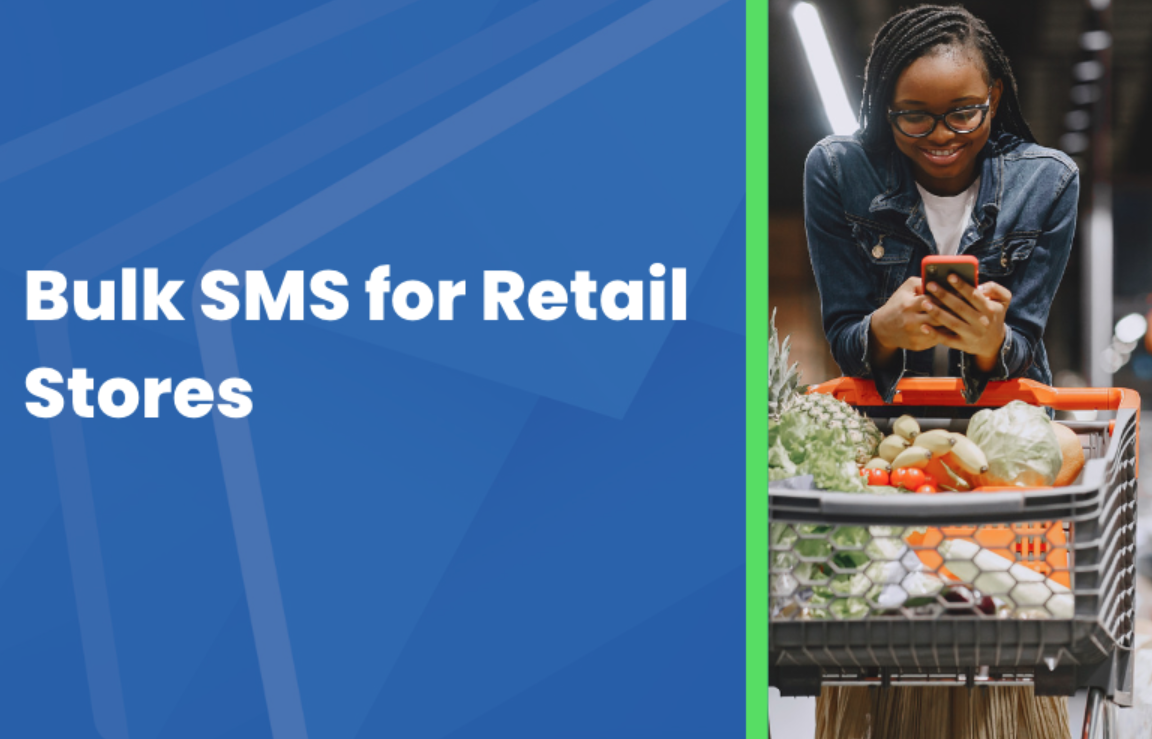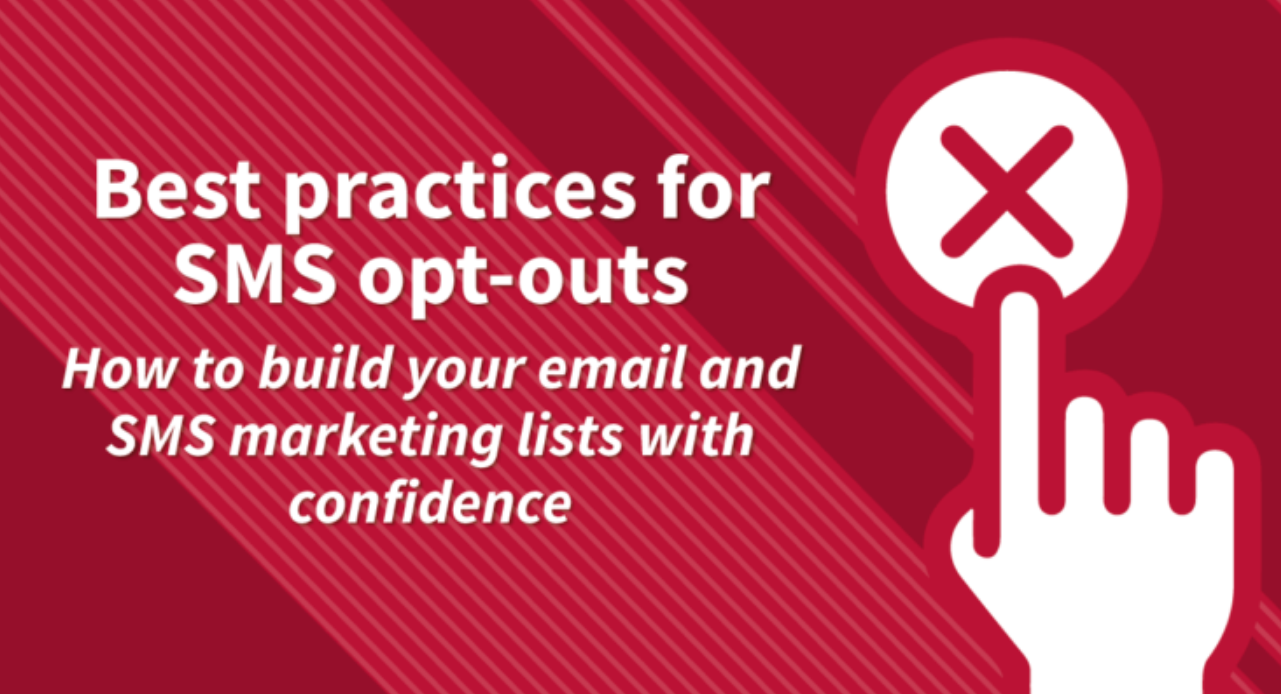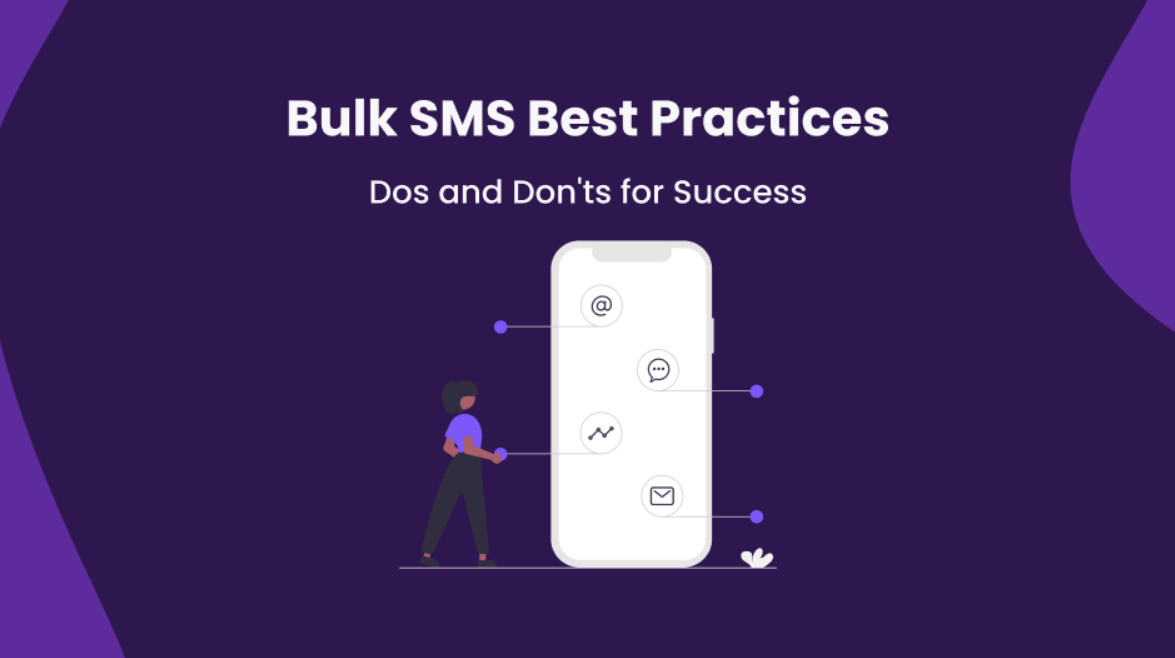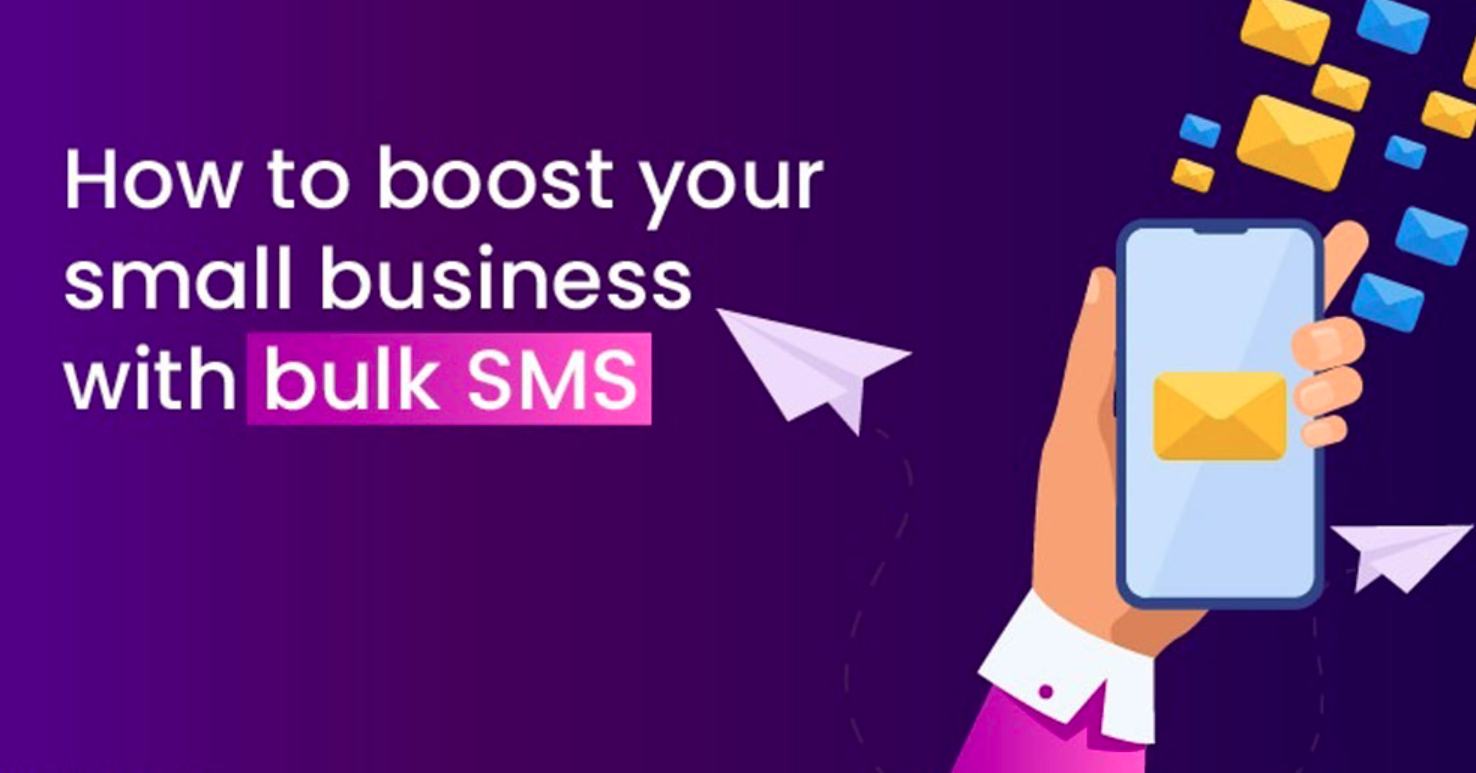In the rapidly evolving retail landscape, businesses are continuously seeking innovative ways to enhance customer loyalty and engagement. Bulk SMS marketing has emerged as a powerful tool in transforming customer loyalty programs, offering retailers a direct and efficient means to connect with their audience. This article will explore how bulk SMS is revolutionizing customer loyalty programs, the psychological principles behind its effectiveness, and strategies retailers can implement to maximize the benefits of this approach.
Bulk SMS marketing stands out due to its immediacy and high engagement rates. Unlike emails that may sit unopened in inboxes, text messages are usually read within minutes of being received. This immediacy makes SMS a potent tool for time-sensitive offers and communications. Furthermore, the personal nature of text messages fosters a closer connection between brands and consumers, which can significantly influence purchasing decisions and brand loyalty.

Understanding Bulk SMS Marketing
What is Bulk SMS Marketing?
Bulk SMS marketing involves sending promotional or transactional messages to a large number of customers simultaneously via text messages. This direct form of communication has a high open rate and can be highly effective when used correctly. Bulk SMS messages can range from promotional offers, product updates, reminders, and transactional notifications like order confirmations or shipping updates. The brevity and directness of SMS messages mean that the content must be clear, concise, and engaging to capture the recipient’s attention.
The Rise of Bulk SMS Marketing in Retail
With the increasing use of mobile phones, bulk SMS marketing has seen a significant rise in the retail sector. Consumers are more likely to read a text message than an email, making SMS marketing a crucial component of any comprehensive marketing strategy. The rise of bulk SMS marketing is also tied to the proliferation of smartphones, which have become an integral part of daily life. People carry their phones with them everywhere, ensuring that SMS messages have a high likelihood of being seen promptly.
Historical Context
The history of bulk SMS marketing dates back to the early 2000s when businesses began to realize the potential of text messages for direct marketing. Initially, SMS was used for simple alerts and notifications, but as technology advanced, the scope of SMS marketing expanded. Today, it is a sophisticated tool used by businesses of all sizes to reach their target audiences with personalized and timely messages.
Current Trends in Bulk SMS Marketing
Current trends in bulk SMS marketing include the use of automation, personalized messaging, and integration with other marketing channels. Automation allows businesses to send timely messages based on customer behavior, such as abandoned cart reminders or birthday discounts. Personalized messaging ensures that the content is relevant to the recipient, increasing engagement and conversion rates. Integration with other channels, such as email and social media, creates a cohesive marketing strategy that enhances the overall customer experience.
The Psychology Behind Bulk SMS Marketing in Customer Loyalty Programs
The Power of Personalization
Personalization is a key psychological principle in SMS marketing. Personalized messages create a sense of importance and relevance for the consumer, leading to higher engagement rates. By addressing the recipient by name and tailoring the message to their preferences, businesses can foster a stronger connection with their audience. Personalization in SMS marketing can take various forms, including customized offers based on past purchases, personalized birthday messages, and location-based promotions.
The Principle of Reciprocity
The principle of reciprocity suggests that people are more likely to respond positively to a request if they feel they have received something first. In SMS marketing, offering a special discount or exclusive content can trigger a sense of obligation in the consumer to reciprocate by making a purchase or engaging with the brand. This psychological principle can be effectively utilized in loyalty programs and customer retention strategies, where customers receive rewards or exclusive offers in exchange for their continued patronage.
The Scarcity Effect
The scarcity effect is a psychological phenomenon where people place higher value on items that are perceived as scarce or limited. SMS marketing can leverage this by sending time-sensitive offers or limited-time discounts, encouraging consumers to act quickly to avoid missing out. This tactic creates a sense of urgency that can significantly boost conversion rates. For example, messages like “Hurry, only a few items left!” or “Exclusive offer ending soon!” can drive immediate action from recipients.
Social Proof
Social proof is the concept that people tend to follow the actions of others, especially when they are uncertain. In SMS marketing, businesses can incorporate elements of social proof by sharing testimonials, reviews, or user-generated content. Messages that highlight customer satisfaction and popular products can influence recipients’ purchasing decisions by reassuring them of the quality and desirability of the products or services being offered.
FOMO (Fear of Missing Out)
FOMO is a powerful psychological trigger that can be effectively used in SMS marketing. By highlighting exclusive deals, limited-time offers, or special events, businesses can create a sense of urgency and excitement among consumers. The fear of missing out on a valuable opportunity can prompt immediate action, driving higher engagement and conversion rates.
How Bulk SMS is Transforming Customer Loyalty Programs
Immediate Communication
Text messages provide immediate communication, which is crucial in influencing consumer behavior. The instant nature of SMS ensures that messages are delivered and read promptly, creating a sense of urgency and immediate response from the recipient. This immediacy is particularly effective for time-sensitive promotions, event reminders, and urgent notifications. The ability to reach consumers instantly allows businesses to capitalize on timely opportunities and drive real-time engagement.
High Open Rates
SMS messages boast an impressive open rate, often exceeding 90%. This high visibility means that SMS marketing messages are more likely to be seen and acted upon compared to other forms of digital communication. The high open rates can be attributed to the personal and direct nature of text messages, as well as the fact that mobile phones are always within reach. This makes SMS an ideal channel for delivering important information and promotional content.
Emotional Connection
Text messages can create an emotional connection with consumers. The personal and direct nature of SMS can evoke feelings of trust and loyalty, making consumers more likely to engage with the brand and its offerings. The brevity of text messages also encourages concise and impactful communication, which can resonate more deeply with recipients. By consistently delivering valuable and relevant content, businesses can build strong emotional bonds with their audience.
Influence of Message Timing
The timing of SMS messages can significantly impact consumer behavior. Sending messages at optimal times, such as during lunch breaks or after work hours, can increase the likelihood of engagement. Understanding the habits and preferences of the target audience allows businesses to schedule messages when they are most likely to be read and acted upon. Additionally, timing messages to coincide with specific events or occasions, such as holidays or sales periods, can further enhance their effectiveness.
Personalization and Relevance
Personalized and relevant messages are more likely to influence consumer behavior positively. By tailoring content to the individual preferences and behaviors of recipients, businesses can increase engagement and conversion rates. Personalized messages can include recommendations based on past purchases, location-based offers, and reminders about items left in shopping carts. The relevance of the content ensures that recipients find the messages valuable and are more likely to take action.
Building Trust and Loyalty
SMS marketing can play a crucial role in building trust and loyalty among consumers. Regular and consistent communication through SMS can reinforce brand presence and keep customers informed about new products, services, and promotions. By delivering valuable and relevant content, businesses can establish themselves as reliable and trustworthy sources of information. This trust and loyalty can lead to repeat purchases, positive word-of-mouth, and long-term customer relationships.
Effective Strategies for Bulk SMS Marketing in Customer Loyalty Programs
Crafting Compelling Messages
To maximize the effectiveness of SMS marketing, it’s essential to craft compelling messages. Keep messages concise, include a clear call-to-action, and ensure the content is relevant to the recipient. Effective SMS messages should grab the recipient’s attention quickly and provide a clear value proposition. Examples of compelling SMS messages include limited-time offers, exclusive discounts, and personalized recommendations.
Timing is Everything
The timing of your SMS messages can significantly impact their effectiveness. Sending messages at optimal times, such as during lunch breaks or after work hours, can increase the likelihood of engagement. Understanding the habits and preferences of the target audience allows businesses to schedule messages when they are most likely to be read and acted upon. Additionally, timing messages to coincide with specific events or occasions, such as holidays or sales periods, can further enhance their effectiveness.
Providing Value
Ensure that your SMS messages provide value to the recipient. This could be in the form of exclusive discounts, useful information, or personalized offers. Value-driven messages are more likely to be well-received and acted upon. By consistently delivering valuable content, businesses can build trust and loyalty among their audience, leading to higher engagement and conversion rates.
Using Clear and Concise Language
Given the character limitations of SMS messages, it’s important to use clear and concise language. Avoid unnecessary jargon and get straight to the point. The message should be easy to read and understand, with a clear call-to-action that encourages the recipient to take the desired action. Using concise language also ensures that the message fits within the character limit, making it more likely to be read in its entirety.
Personalizing Messages
Personalization is a key component of effective SMS marketing. By addressing recipients by name and tailoring the content to their preferences and behaviors, businesses can create a more engaging and relevant experience. Personalization can include customized offers based on past purchases, location-based promotions, and personalized greetings. The more personalized the message, the more likely it is to resonate with the recipient and drive action.
Segmenting Your Audience
Segmenting your audience allows for more targeted and relevant messaging. By grouping customers based on their preferences and behaviors, you can deliver personalized content that resonates with each segment. Segmentation can be based on various factors, including demographics, purchase history, and engagement levels. By tailoring messages to each segment, businesses can increase the relevance and effectiveness of their SMS marketing campaigns.
Integrating with Other Channels
Integrating SMS marketing with other channels, such as email and social media, can create a cohesive marketing strategy. Cross-promoting SMS campaigns on these platforms can enhance reach and engagement. For example, businesses can use email and social media to encourage customers to sign up for SMS alerts, and vice versa. This multi-channel approach ensures that customers receive consistent and complementary messages across different touchpoints.
Utilizing Automation and Analytics
Utilizing automation and analytics tools can optimize SMS marketing efforts. Automated messages can ensure timely delivery, while analytics can provide insights into campaign performance and consumer behavior. Automation allows businesses to send triggered messages based on specific actions or events, such as abandoned cart reminders or birthday discounts. Analytics, on the other hand, provide valuable data on open rates, click-through rates, and conversion rates, allowing businesses to measure the effectiveness of their campaigns and make data-driven decisions.
Ensuring Compliance
Compliance with regulations is crucial in SMS marketing. Ensure that you have obtained consent from recipients before sending messages and provide an easy way for them to opt out. Familiarize yourself with regulations such as the Telephone Consumer Protection Act (TCPA) and the General Data Protection Regulation (GDPR) to ensure that your SMS marketing practices are compliant. Non-compliance can result in legal penalties and damage to your brand’s reputation.
Case Studies: Successful Bulk SMS Marketing Campaigns
Example 1: Retail Industry
A well-known retail brand utilized bulk SMS marketing to announce flash sales and exclusive promotions. By sending personalized messages to their customers, they achieved a 25% increase in sales during these promotional periods. The brand segmented their audience based on past purchase history and preferences, ensuring that the messages were relevant and personalized. They also used automation to send timely reminders about the flash sales, creating a sense of urgency and driving immediate action from recipients.
Example 2: Food and Beverage Industry
A popular restaurant chain used bulk SMS marketing to send exclusive discount codes to their loyal customers. This strategy resulted in a 30% increase in repeat visits and boosted customer loyalty. The restaurant chain personalized the messages based on customers’ dining preferences and previous orders, ensuring that the offers were relevant and appealing. They also integrated SMS marketing with their loyalty program, rewarding customers with exclusive discounts and offers for their continued patronage.
Example 3: E-commerce Industry
An e-commerce company used bulk SMS marketing to reduce cart abandonment rates. By sending personalized reminders to customers who had left items in their shopping carts, they were able to recover 20% of abandoned carts. The reminders included personalized offers and discounts to incentivize customers to complete their purchases. The company also used analytics to track the performance of their cart abandonment campaigns, allowing them to optimize their strategies and improve conversion rates over time.
Example 4: Healthcare Industry
A healthcare provider used bulk SMS marketing to send appointment reminders and health tips to their patients. This resulted in a significant reduction in missed appointments and improved patient engagement. The healthcare provider personalized the messages based on patients’ medical history and preferences, ensuring that the content was relevant and helpful. They also used automation to send timely reminders and follow-ups, improving patient adherence to treatment plans and appointment schedules.
Integrating Bulk SMS Marketing with Other Channels
Multi-Channel Marketing
Integrating SMS marketing with other channels, such as email and social media, can create a cohesive marketing strategy. Cross-promoting SMS campaigns on these platforms can enhance reach and engagement. For example, businesses can use email and social media to encourage customers to sign up for SMS alerts, and vice versa. This multi-channel approach ensures that customers receive consistent and complementary messages across different touchpoints.
Email and SMS Integration
Email and SMS are two complementary channels that can work together to enhance marketing efforts. While emails can provide detailed information and visuals, SMS messages can deliver concise and time-sensitive content. Businesses can use email to provide in-depth information about a product or service and follow up with an SMS message to remind customers about a special offer or event. This integrated approach ensures that customers receive comprehensive and timely information, increasing the likelihood of engagement and conversion.
Social Media and SMS Integration
Social media and SMS can also work together to create a cohesive marketing strategy. Businesses can use social media to promote their SMS campaigns and encourage followers to sign up for SMS alerts. Conversely, SMS messages can drive traffic to social media profiles and encourage customers to engage with the brand on social media. This integration allows businesses to reach customers across multiple channels and create a more holistic and engaging experience.
In-App Messaging and SMS Integration
For businesses with mobile apps, integrating in-app messaging with SMS can enhance the customer experience. In-app messages can provide detailed information and interactive content, while SMS messages can deliver timely and concise updates. For example, a retail app can use in-app messages to showcase new products and send SMS messages to remind customers about exclusive app-only discounts. This integration ensures that customers receive consistent and relevant messages across different touchpoints.
Best Practices for Bulk SMS Marketing
Obtain Consent
Always obtain consent before sending SMS messages to customers. This not only ensures compliance with regulations but also builds trust with your audience. Consent can be obtained through opt-in forms on your website, email campaigns, or social media promotions. Providing a clear explanation of what customers can expect to receive and how often they will receive messages helps set expectations and build trust.
Segment Your Audience
Segmenting your audience allows for more targeted and relevant messaging. By grouping customers based on their preferences and behaviors, you can deliver personalized content that resonates with each segment. Segmentation can be based on various factors, including demographics, purchase history, and engagement levels. By tailoring messages to each segment, businesses can increase the relevance and effectiveness of their SMS marketing campaigns.
Monitor and Adapt
Regularly monitor the performance of your SMS marketing campaigns and be prepared to adapt your strategies based on the insights gained. Continuous improvement is key to maintaining effective SMS marketing efforts. Use analytics to track key metrics such as open rates, click-through rates, and conversion rates. Analyzing this data can provide valuable insights into what is working and what needs to be improved. Be prepared to test different strategies and make adjustments based on the results.
Keep Messages Short and Sweet
Given the character limitations of SMS messages, it’s important to keep them short and to the point. Avoid unnecessary jargon and get straight to the point. The message should be easy to read and understand, with a clear call-to-action that encourages the recipient to take the desired action. Using concise language also ensures that the message fits within the character limit, making it more likely to be read in its entirety.
Include a Clear Call-to-Action
Every SMS message should include a clear call-to-action that tells the recipient what to do next. Whether it’s clicking a link, redeeming a discount code, or visiting a store, the call-to-action should be clear and compelling. Providing a sense of urgency can also enhance the effectiveness of the call-to-action. For example, phrases like “Limited time offer!” or “Shop now before it’s gone!” can encourage immediate action.
Personalize Messages
Personalization is a key component of effective SMS marketing. By addressing recipients by name and tailoring the content to their preferences and behaviors, businesses can create a more engaging and relevant experience. Personalization can include customized offers based on past purchases, location-based promotions, and personalized greetings. The more personalized the message, the more likely it is to resonate with the recipient and drive action.
Test and Optimize
Testing different elements of your SMS messages, such as the content, timing, and call-to-action, can help you optimize your campaigns for better results. A/B testing allows you to compare the performance of different versions of a message and determine which one is more effective. Use the insights gained from testing to make data-driven decisions and continuously improve your SMS marketing strategies.
Ensure Compliance
Compliance with regulations is crucial in SMS marketing. Ensure that you have obtained consent from recipients before sending messages and provide an easy way for them to opt out. Familiarize yourself with regulations such as the Telephone Consumer Protection Act (TCPA) and the General Data Protection Regulation (GDPR) to ensure that your SMS marketing practices are compliant. Non-compliance can result in legal penalties and damage to your brand’s reputation.
Maintain Consistency
Consistency is important in SMS marketing. Regular and consistent communication helps keep your brand top-of-mind for customers. However, it’s important to strike a balance and avoid overwhelming recipients with too many messages. Establish a regular cadence for sending messages and stick to it, while also being mindful of the frequency and relevance of the content.
Conclusion
Bulk SMS marketing, when executed correctly, can be a highly effective tool for transforming customer loyalty programs in the retail sector. By understanding the psychology behind SMS marketing and employing strategies that leverage this knowledge, businesses can enhance their engagement and drive better results. As you implement these insights, remember to keep your messages personalized, timely, and value-driven to create meaningful connections with your audience. Start harnessing the power of bulk SMS marketing today and see the impact it can have on your business.
The key to successful bulk SMS marketing lies in understanding the psychological principles that influence consumer behavior and leveraging these principles to create engaging and relevant messages. By focusing on personalization, immediacy, and value, businesses can build strong connections with their audience and drive higher engagement and conversion rates.








